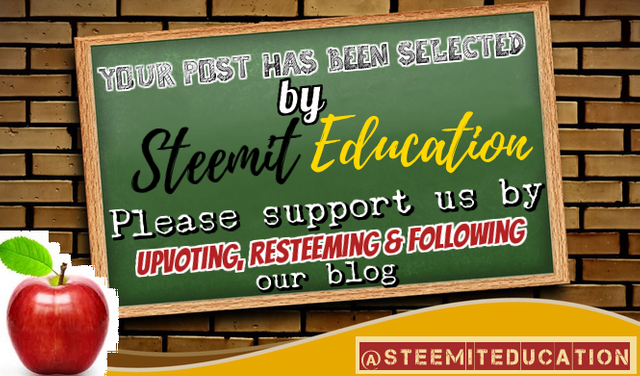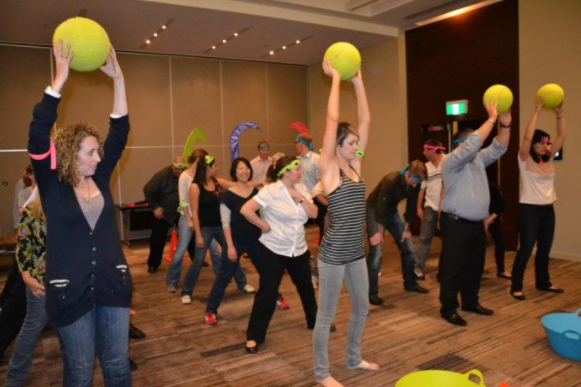The Advantages of Ice Breaking In Pre-Teaching
Ice breaking is an activity or mode of discussions used to help individuals/students ease into a group setting. Ice breaking is a small activity in a program which is useful to make students can introduce one another and feel comfortable in their new environment. Some ice breakings are done in groups and some can be individually completed. Other physical activities while others can be purely mental. Any activity that suits the intended purpose can be used.
Ice breaking is often used in trainings with its goal to break the ices between the trainers so they can introduce, understand, and interact one another goodly. Thus ice breaking can be used in teaching process especially in pre-teaching.
Ice breaking gives many advantages:
- Facilitating introductions
When students first come together, interactions and discussions can be hindered by timidness, a lack of understanding everyone the norms of the students, and/or simple unfamiliarity among other possibilities. Ice breakings can be used to create familiarity between them and ease everyone into the learning process. - Prior knowledge assessment.
One pedagogical advantage of using ice breakings is that they can assess students’ prior knowledge. They can then lead to the identification of students need within a group while also introducing and helping to create a healthy group environment as with facilitating the introductions. - Environment creation / fostering group unity.
The environment has already been mentioned in each the above uses. A primary advantage of ice breaking can be to help create an open environment in which all students are willing to open up and participate. They need to be encouraged to open up to one another and relax. The introduction and the method by which the ice breaking is carried out can be also designed to encourage a break down of status/race/gender/etc. - Topic segues
When starting a new topic, ice breaking can be created to introduce a topic. Often, some forms of prior knowledge activity can be used to this end. These are also particularly useful when the students already know each other by one means or another. - Preparation of participants
Many learning environment (and this concept is particularly in education) require some form of introduction in order to be fully utilized by the students. By the structuring the ice breaking into the learning environment. Students can get to know one another while getting to know the material. - Energizers.
Some ice breakings are designed simply to energize the group of students. Although less common where there is unlikely to be a physical task to perform , they can still be very useful in face to face meeting for second day/morning activities to wake up everyone.
When students come into the class, their state of mind in common are not ready to accept any material. So the teaching learning process can not be forced. The situations (the ices) must be break. The usage an ice breaking depends on the different situations. So ice breakings have many forms such as: anecdotes or funny stories, puzzles, songs or action songs, games, etc. Thus, ice breaking has many kinds among others:
1) Ice Breaking Introduction.
-The Little Known Fact :
Asking students about their name, address, hobby, favorite foods, activities, etc.
-True or false
A student is asked to introduce himself. So the teacher makes a statement, then he asks to other students to guess, is true or know the statement ?.
-Interviews
All students are divided into some groups, and each the groups interview other groups. Then the students are united again and each of them tells results of their interview.
-Problem solver
Make students into small groups, so giving the students a problem to solve in short time.
2) Ice Breaking Team Building.
-Ball challenge
This game is made to focus on certain objectives and support other students to be united with others. Way of this game: the group is made in circle, then the teacher hold a ball, then the teacher throw it to a student and he continues to other student. Previous it, the student who throw the ball must mention the student’s name who will be threw and so forth. It can be modified with make it faster or add the ball more than one.
Ice breaking can be created by everyone including us. When choosing an ice breaking there are three questions in mind. First what are the teachers’ goals? Second, who is the students ? Third, is the ice breaking connected to its purpose?.
The first consideration when choosing an ice breaker is the purpose of that ice breaker earlier, it was noted that ice breaker can have many purposes. Determine what your goals are, and then you can connect the activity to the goal.
Next you have to look at your audience. if you are working which a group in which everyone already knows one another, then a get to know you exercise wouldn't serve much purpose other than to take up time. An alternative activity should then be considered. Likewise, if you are working with an audience that could potentially have a good level of prior knowledge, the ice breaking activity might be designed to probe this knowledge so that the instruction could be modified to best serve the students.
Finally, make sure that the ice breaker you choose is actually connected to the intended purpose of the ice breaker. Not all ice –breakers work for all intended ends. For example, a sing-along activity that might be useful as an energizer would serve little function toward everyone getting to know each other by name unless the sing-along activity also incorporated name games. Then the activity would serve a dual purpose, with one of those being the intended and the other possibly being beneficial in the given context.
Source:
http://www.ion.uillinois.edu/resources/pointersclickers/2002_01/

